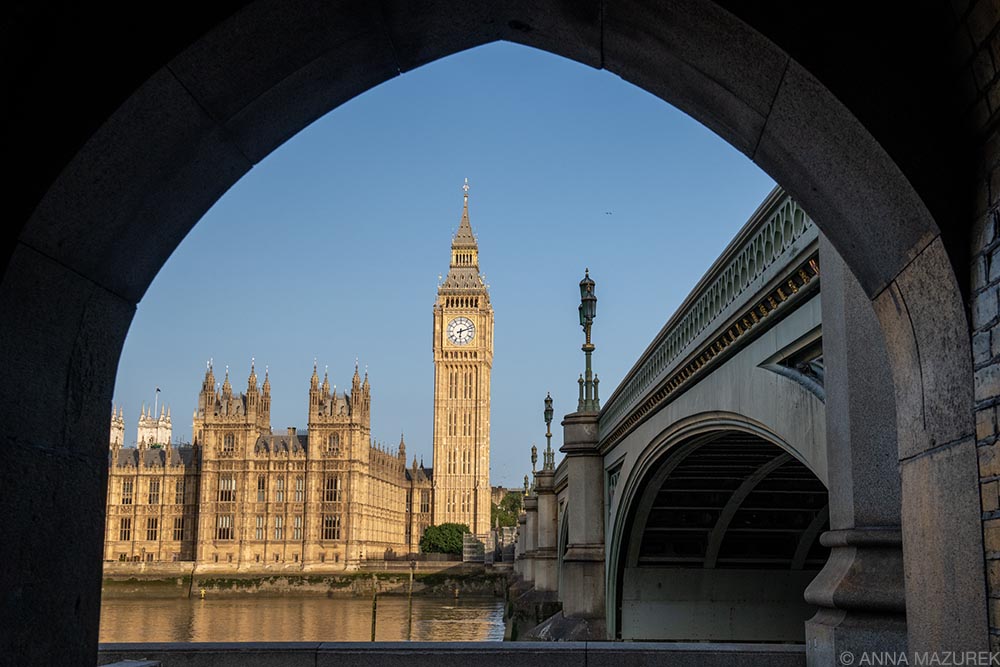One of my biggest travel pet peeves is finding affordable cellular data phone plans. eSIM cards are the futureóready or not! They are very convenient and cheaper than paying for an international plan but do have a few flaws....
 Bonifacio, Corsica, May 2023 // Bonifacio is one of my favorite European towns with steep cliffs, an anceint walled city and clear blue water. I used an EU SIM card I bought in Italy for my trip to three different countries.†
Bonifacio, Corsica, May 2023 // Bonifacio is one of my favorite European towns with steep cliffs, an anceint walled city and clear blue water. I used an EU SIM card I bought in Italy for my trip to three different countries.†
†
One of my biggest travel pet peeves is finding affordable cellular data plans abroad. Historically, Iíve always bought local SIM cards because they are significantly cheaper than paying $10/day for my normal U.S. plan (Verizon) to work abroad. (Also, itís absurd that both Verizon and AT&T both charge $10/day on top of your regular phone plan for international coverage! If you have T-Mobile, you most likely get free international coverage.) Keep reading for more details on eSIM cards for internatonal travel!
(AFFILIATE DISCLOSURE:†Please note that some affiliate links are used in this post. If you make a purchase, I earn a small commission at no cost to you, which goes toward the cost of maintaining this blog. If you would like to support this blog and are ready to make a purchase, these links are one way to show your support. I only recommend products and companies I truly love and use.)
Whatís an eSim? Itís essentially a digital SIM card included in many newer phones. (Apple nixed the sim card tray with the iPhone 14 so eSIMs are the only option for those models and newer ones going forward.) It makes things more convenient since people no longer have to go to a store to get a physical SIM card and find a tool or paperclip to open the SIM tray!
What are the cons of an eSIM card? They can be tricker to activate and arenít compatible with all phones or phone plans. For example, I have the iPhone 13 Pro, which is capable of using an eSIM, but Iíve never had any luck activating one. More details on that later in this post.
Are eSIMs cheaper than buying a regular SIM card? It depends. While they are cheaper than paying for a U.S. international plan, they are not cheaper than buying a local physical SIM card in most places. In Thailand, I pay roughly $10/month for an unlimited plan and in Laos, I paid $4 for 30 GB a few months ago. With companies like Airalo, itís $16-20 for 5GB in various regions of the world, which is a good deal and more convenient if youíre country hopping. If youíre staying in one place long-term, itís still cheaper to buy a local SIM card. Always avoid buying one an airportóeverything is usually half price outside the airport! In Singapore in February, I spent roughly $10.75 at a†7Eleven for a SIM card with data when they were over $30 at the airport. When I noticed the airports high prices, I had tried to buy an eSIM on my phone using the airport WiFi, but the Airalo app said they were sold out. Yes, they were ďsold outĒ of a digital product Ė itís so hilarious that I canít even make that up! I suspect they want to sell more of their regional plans, which I didnít think to check
Do eSIMs work for travel to the U.S.? Yes, Airalo especially has plans in the U.S. A friend tried it last year and said it worked well. This is great for people traveling in the U.S. or expats returning for a short visit.
Do eSIMs support personal hotspots? This is a dealbreaker for me because I work while Iím traveling and most of the time I find that WiFi networks are terrible. I rely heavily on my personal hotspot for WiFi on my computer for Zoom calls. A friend recently used Airalo in Southeast Asia and didnít have the hotspot option on her phone with it. Airalo says itís available if the carrier supports it so itís hard to say if it will work every time.
Are there any privacy concerns with eSIMs? eSIM providers require you to use their app to activate and use the service, which means you can be tracked. Apple users should turn on the ďask app not to trackĒ setting to avoid this. Iím sure Android devices have a similar setting. In some ways, eSIMs are safer. If your phone is stolen, you can easily switch the service off your phone to prevent your number from being stolen.
What is the best eSIM provider? †Iím the most familiar with Airalo.† Other brands include Nomad (which the NYTimes writes about here),† GigSky and Flexiroam are others but I canít vouch for any of these. Apple also has a webpage with a list of wireless carriers worldwide that offer eSIM service.
What do I do when I travel for phone data? Iíve had the same U.S. phone number since I was 16. Itís the only consist thing in my life. Iíve changed addresses so many times that I literally had to type up a Word document with all my previous addresses so I could apply for Global Entry! Since Iím often abroad for months at a time, itís a waste of money to pay my U.S. phone bill while Iím gone since itís worthless. And, paying $10/day for the international plan is outrageous and should be a crime! Verizon used to have a policy where you could suspend your service without billing for six months a year, but they did away with it. The only work around that I could find was a prepaid plan. As long as I pay my bill every 60 days, I keep my number. For example, I only paid for two months on my recent six-month trip abroad. Plus, I always downgrade to cheapest plan. Due to this prepaid plan, it seems like Verizon has blocked me using an eSIM, which is absurd especially since I bought my phone directly from Apple and paid flat out for the entire device. (I hate payment plans so I always pay flat out for everything and budget accordingly so I can afford to do that.) Airalo did send me a warning in the app saying my phone was not compatible before I paid for it, which I really appreciated.†
†
Final eSIM Takeaways: Overall, eSIMs are the futureóready or not. They are very convenient and cheaper than paying for an international plan for your American phone plan unless you have T-Mobile. Regional plans are excellent for short trips to multiple countries. Currently, Airalo is one of the best options and worth trying out.†
If youíre going to be traveling long-term in a country or region, I still think regular SIM cards are a better deal, especially in place like Southeast Asia. Certain parts of the world will take longer than others to catch up to this new technology so thatís my concern. Iíll be hesitate to upgrade my iPhone again until I know for a fact that I can get an eSIM in Asia with a hotspot option. Itís too risky for me otherwise with work to not have that feature.
Iím currently typing this from Italy where I bought a 40 Euro Vodafone SIM card with 100 GB of data for the entire EU at the Naples, Italy airport, which has been really convenient since Iíve been switching countries. (Yes, this was an overpriced airport SIM. I bought it for convenience for work since I didnít have time to buy one elsewhere. Plus, I will be reimbursed for it by my job.) Itís worked well in the last three countries Ė France, Germany and Italy. For comparison, I bought a SIM card from a Vodafone store in Naples last fall and paid $15 for a month. It was less data (and only for Italy) but a better deal since the Italy-only airport SIM was 30 Euros!
Happy travels!†
The post Pros & Cons of eSIM Cards for Travel appeared first on Travel Like Anna: How to Travel on a Budget.
















